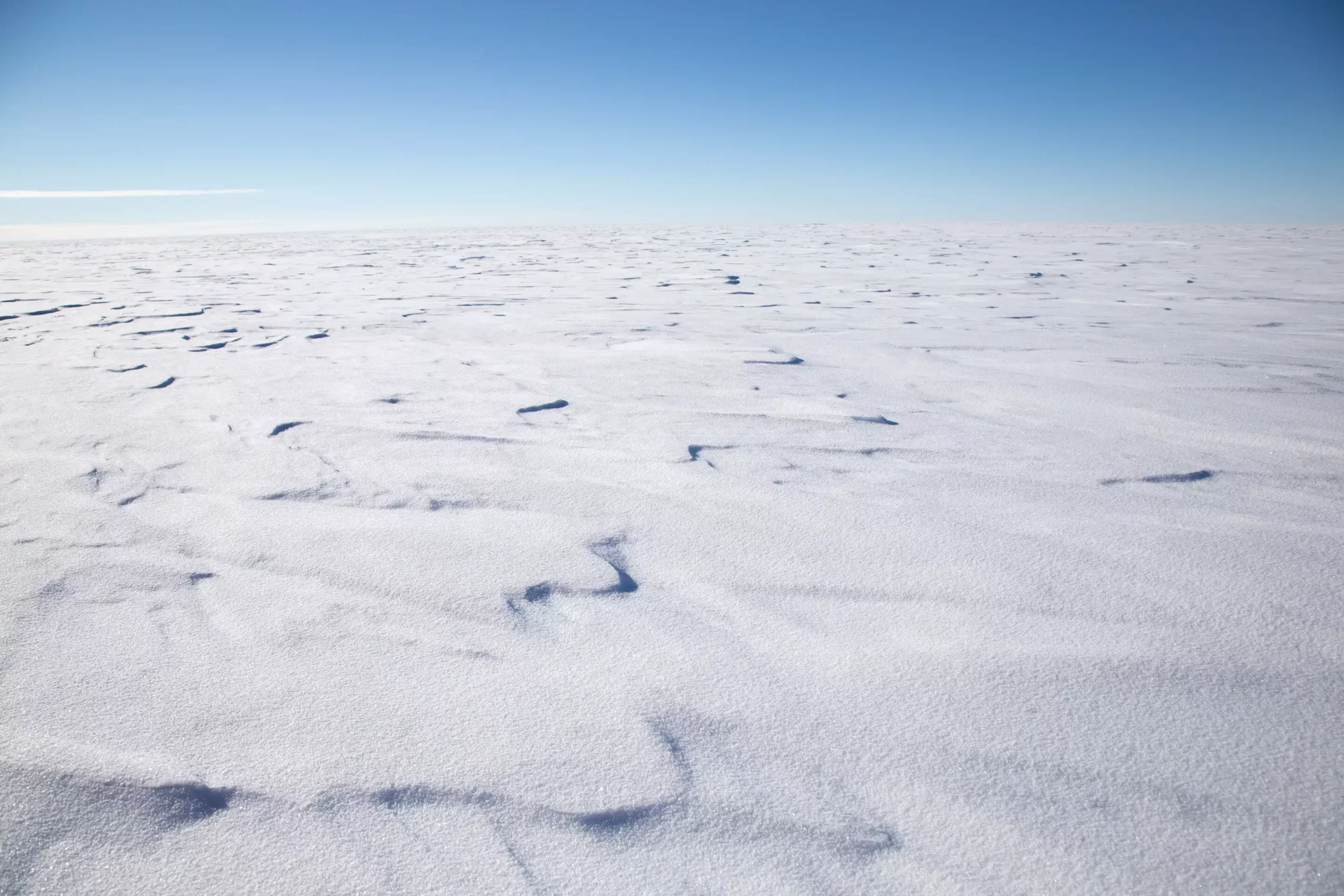The Thwaites Glacier, a colossal ice structure in Antarctica, is facing an accelerated rate of melting that poses a significant threat to global sea levels. Recent findings from an international research team comprising British and American scientists highlight the glacier’s vulnerability and the potential ramifications of its decline. The extensive research underscores the critical role Thwaites plays not just locally, but also in the broader context of climate change and its effects on human populations worldwide.
Covering an area comparable to the state of Florida, the Thwaites Glacier is a vital component of the West Antarctic Ice Sheet. Its immense size combined with its rapid rate of change has earned it the ominous nickname “Doomsday Glacier.” As scientists study this unique ice mass, they are particularly concerned about the glacier’s capacity to hold back other ice masses in the region. Notably, Thwaites serves as a sort of barrier, keeping the vast expanse of ice behind it—from which significant amounts of water could be released—intact.
Understanding the glacier’s melting patterns is critical, as its collapse could lead to an estimated sea level rise of up to 65 centimeters (about 26 inches). Currently, oceans are rising at a rate of about 4.6 millimeters annually, but projecting the consequences of Thwaites’ potential collapse could spell disaster. If the entire West Antarctic Ice Sheet were to follow suit, sea levels could rise by a staggering 3.3 meters—heightening the risk of catastrophic flooding in coastal areas around the world.
At the heart of the current research are revelations about what drives the glacier’s retreat. The International Thwaites Glacier Collaboration (ITGC), which combines the expertise of researchers from several scientific institutions, emphasizes that tidal action plays a crucial role in enhancing the melting process. Tidal forces are able to push warmer seawater beneath the glacier, disrupting the thin layer of cold water meant to insulate the glacial base. This phenomenon, where warmer water infiltrates up to 10 kilometers (6 miles) under the ice, has alarmed scientists about the future stability of the glacier.
Interestingly, the study also draws parallels with the dynamics observed in Greenland, where similar processes are leading to increased ice melt. The insights gained from these observations can inform predictions about Thwaites and other glacial systems worldwide. Knowledge about how tidal forces contribute to melting is vital for refining climate models and formulating proactive measures to mitigate climate impacts.
Thwaites Glacier has been experiencing a steady retreat for over 80 years, but recent assessments indicate that the situation is accelerating. Factors contributing to this trend include greenhouse gas emissions and resultant climatic shifts. According to reports from the ITGC, computer models suggest that adherence to emission reduction goals, such as those established in the 2015 Paris Agreement, could play a pivotal role in slowing down the glacier’s melting, although the overall outlook remains bleak.
A crucial aspect of the ongoing debate is whether measures taken on a global scale can sufficiently address the imbalance between ice loss and snowfall. While snowfall in Antarctica can replenish ice, increased global warming leads to more evaporation, resulting in higher moisture levels in our atmosphere. Initially, this may translate into increased snowfall, but as temperatures continue to rise, the dynamic is expected to pivot towards rain and surface melting—compounding the glacier’s challenges.
Despite the grave concerns associated with Thwaites Glacier, uncertainties remain. One critical question is whether the loss of the glacier is already an irreversible process. The balance of snow accumulation and ice loss is tipping towards the latter, suggesting that the glacier is on a precarious trajectory. Future research will be essential in clarifying these uncertainties and providing clearer projections.
The situation surrounding Thwaites Glacier serves as a stark warning of the possible future we face if decisive action is not taken. The melting of this vital ice mass could have far-reaching implications beyond just local ecosystems, affecting millions and posing challenges for coastal communities globally. Addressing climate change remains crucial, and with ongoing research, we can hope to gain insights that may guide us towards mitigating the crisis at hand. As the clock ticks, the immediate future depends on our collective efforts to curb emissions and protect vulnerable ice systems like Thwaites.


Leave a Reply